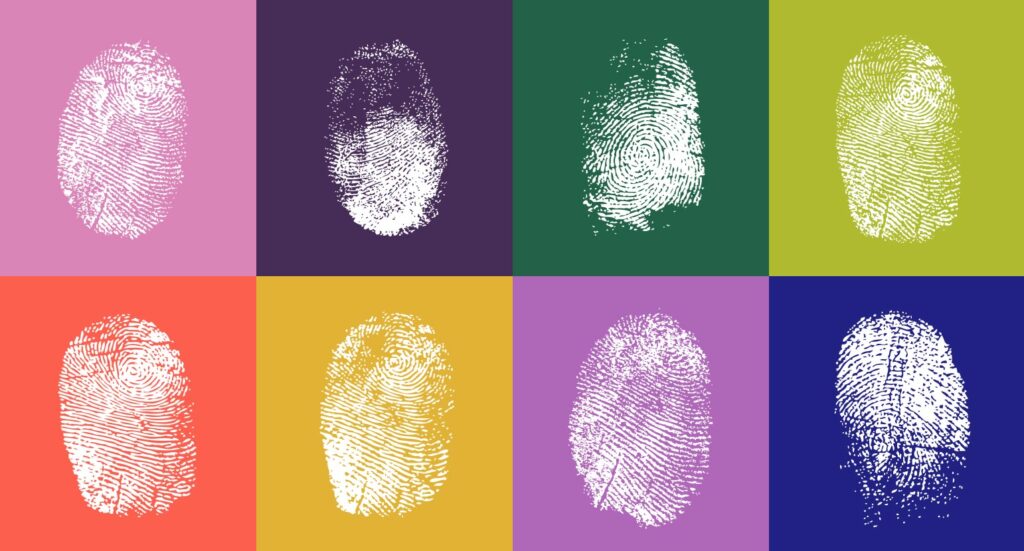According to KPMG, ‘earn and burn’ loyalty programs are losing their lustre and instead, the way forward is for retailers to pursue personalisation at scale.
But this is a circular argument. The irony is you need some sort of loyalty program to generate the data you need to truly personalise your offering and then, maybe, you might find you don’t really need the loyalty program anymore.
Whichever way you slice it, all roads lead back to first-party data. And there has never been a more urgent time to be focusing on this.
Third-party cookies are due to sunset by the end of this year and time is running out for retailers that haven’t come up with a new plan. If you’ve turned a deaf ear to the rising chorus about cookies, here’s all you need to know in three sentences:
Third-party cookies are pieces of code that track us as we move across the internet and many brands are relying on them to target people and run efficient digital campaigns. If you’re following shoppers around the web reminding them about that dress they forgot to buy, you’re using third-party cookies. But not for long. By 2023, Chrome will join Firefox and Safari and phase out the use of third-party cookies. So say goodbye to those forgotten basket reminders.
The challenge is that while this is happening, the Australian Government is also focused on tightening data privacy, with plans to introduce legislation to protect people’s data. Meanwhile, consumers are becoming more aware of the value of their personal data. And following many high-profile data mishaps, we’re all being a little more cautious about whom we give our information. Case in point, the 2022 Cheetah Digital Consumer Trends Index revealed that 63 per cent of consumers do not trust social platforms with their data. That doesn’t mean they’re not using social, they’re simply being smarter about the data they part with when they do.
What all this means is if you’re wanting to reach people with personalised, targeted offerings, the game is becoming harder. Not impossible, but you need to be smarter about it.
Ultimately, the solution is to collect your own data directly from your customers, but if you haven’t started on that already you don’t have much time to get on it.
Loyalty programs: value for data
If you’re coming to the party at this point, you may struggle to get people to part with their information without giving them something they value in return. Which is why loyalty programs can be a smart option. There’s a reason why Woolworths’ Everyday Rewards program has more than 12 million users. Ditto Flybuys, with more than 8 million. Plenty of people consider grocery discounts and offers to be a fair exchange for their data. And that data is, in turn, fuelling everything for these retailers from decisions to open drive-through grocery pick-up to a burgeoning advertising business that is bolstering the bottom line and helping suppliers connect with customers.
The rewards you offer in exchange for data don’t have to be discounts or freebies. You could offer express delivery at no extra charge or other benefits you build into the value chain, depending on the context of the transaction. But the big boys like Coles and Woolies have set the expectation that there must be something in it for the customer to give away their data, so you’re going to have to follow suit.
I can appreciate the desire to skip straight to personalised offerings. There’s no shortage of research to validate the commercial benefits of getting personal. Amazon estimates 35 per cent of its revenue is based on targeted personalised recommendations and Gartner research has found personalisation can increase revenue by up to 28 per cent.
The pinnacle of personalisation would be to implement a customer data platform that brings together everything you know about each customer, including profile data, transactions and interactions across all platforms. CDPs are very effective at understanding customer segments to predict future behaviours and even delivering minimal-wastage advertising and offering tailored recommendations for products your customers don’t even know they want yet.
That might sound like a utopian future but it’s within the realms of possibility for all businesses in the near future, not just those at the cutting edge. However, to get anywhere close, you’re going to need data from your customers, which brings us right back around to the start of that circular argument.




